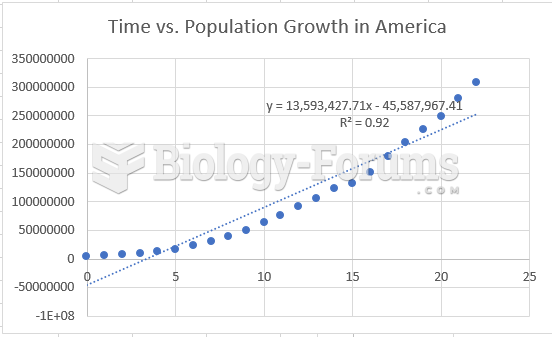Answer to Question 1
refrigerator, White Castle
Answer to Question 2
Triglycerides, which comprise 95 percent of the lipids in the diet, come from solid fats from animal sources and oils from mostly plant sources. A
triglyceride is a molecule formed by one glycerol molecule and three fatty acids. Phospholipids such as lecithin and cholesterol make up the balance of fats found in the diet. Cholesterol is found only in animal food, such as meat, fish, poultry, and cheese. Cholesterol has a ring structure consisting of a steroid and an alcohol. A fatty acid is an organic molecule that consists of a carbonhydrogen chain with an organic-acid group (COOH) at one end. Saturated fatty acids have no double bond present between the carbon atoms in their carbon chain, making
them more solid at room temperature. A fatty-acid molecule is monounsaturated if it contains one double bond and polyunsaturated if it contains more than one double bond. The two essential fatty acids are linoleic acid (found in corn, safflower, soybean, cottonseed, and canola oil) and alpha-linolenic acid (found in canola, soybean, walnut, peanut, pecan, almond, wheat germ,
and flaxseed oils). Omega-3 fatty acids help to reduce inflammation, thin the blood, and prevent stroke. Omega-6 fatty acids are converted by the body into chemicals that generally promote inflammation. Trans fats are formed when oils have been partially hydrogenated. During
this process, some of the hydrogen molecules are bonded differently. Trans fatty acids are linked with increased heart disease because they raise blood-cholesterol levels. The current expert recommendation is to eat a moderate amount of fat, or 20 to 35 percent of an individual's daily caloric allowance. Most people do not like low-fat diets. The best approach is to use healthy oils and to reduce saturated fat to less than 10 percent of total caloric intake. It is advised to limit
cholesterol to three hundred milligrams per day or less.







